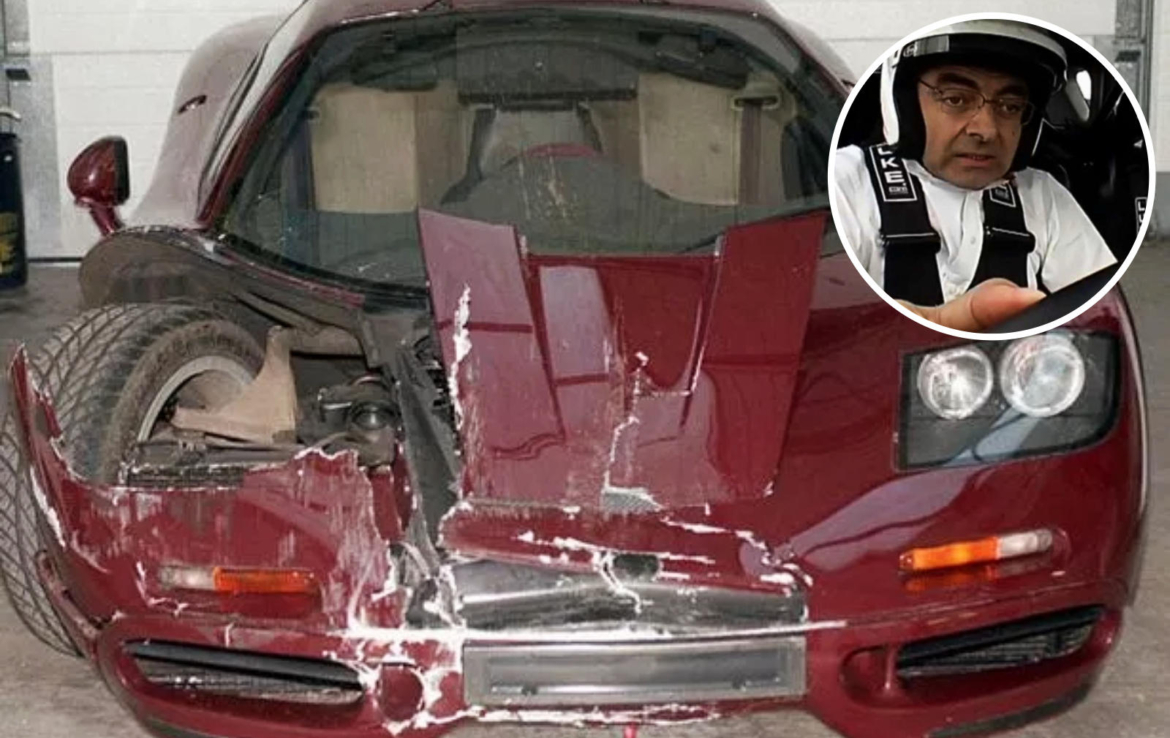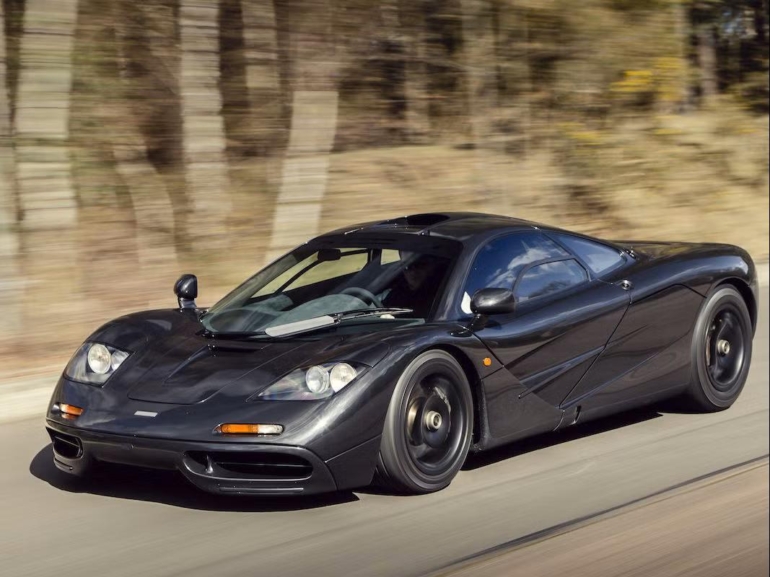When most people think of Rowan Atkinson, they picture Mr. Bean bumbling around in his olive-green Mini Cooper. But behind the comedic persona lies a serious car enthusiast who just completed one of the most remarkable automotive investment stories of the decade. In June 2015, Atkinson sold his beloved McLaren F1 for a reported £8 million (around $12 million back in those days) through specialist dealer Taylor and Crawley. The sale represented a staggering £7.5 million (roughly $11.25 million) profit on a car he purchased new in 1997 for £540,000 (~$750,000). But this isn’t just another tale of supercar speculation – it’s a story of genuine passion, daily use, and an unprecedented insurance claim that became part of British motoring legend.

A true enthusiast’s car
“Look at a modern supercar of comparable performance and it will be vast, heavy and offer little or no space for your luggage,” Atkinson told the Daily Telegraph shortly before the sale. His appreciation for the F1 goes far beyond its legendary status or investment potential. “By comparison the F1 is tiny, yet it will seat three, store enough for you all to go on holiday and still finds space for a proper, normally aspirated 6.1-litre V12 engine. And it weighs the same as a shopping car.”
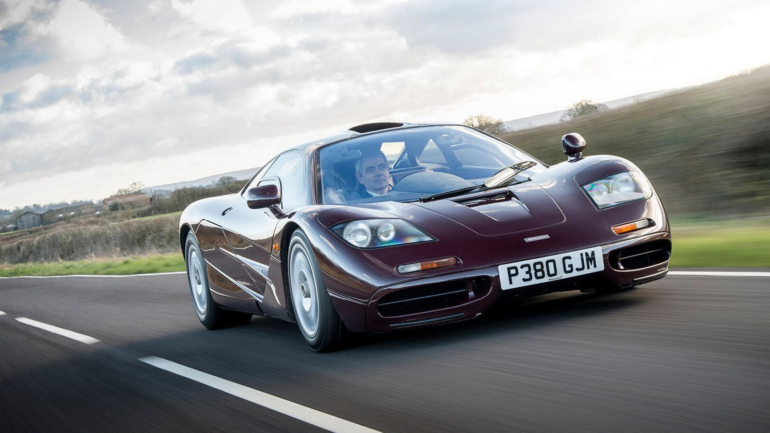
Unlike many supercar owners who treat their vehicles as museum pieces, Atkinson used his F1 as McLaren intended. Over his 17 years of ownership, he accumulated an astounding 41,000 miles – taking it on school runs, shopping trips, and Continental holidays. This is remarkable considering only 64 road-going F1s were ever produced.
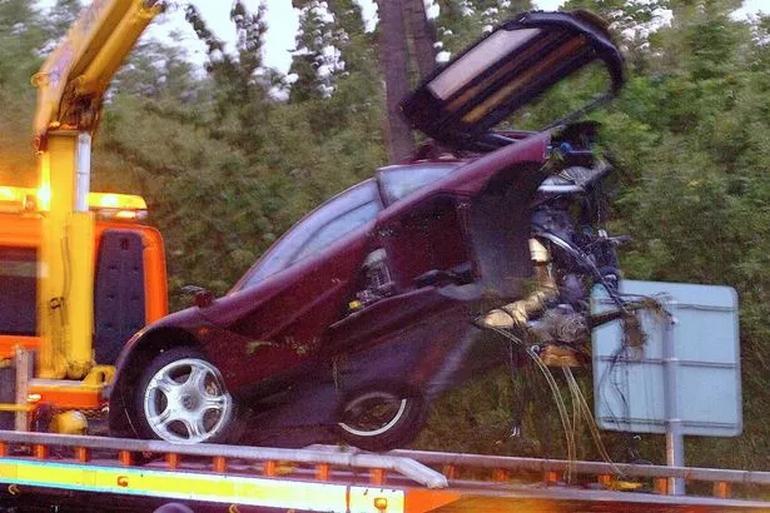
The crash that made history
However, the story of Atkinson’s F1 took a dramatic turn in 2011 when he lost control of the vehicle on the A605 near Peterborough during a rainstorm. The car spun multiple times, hit a tree and a road sign, and ultimately caught fire. While Atkinson fortunately walked away from the accident, the car was severely damaged.
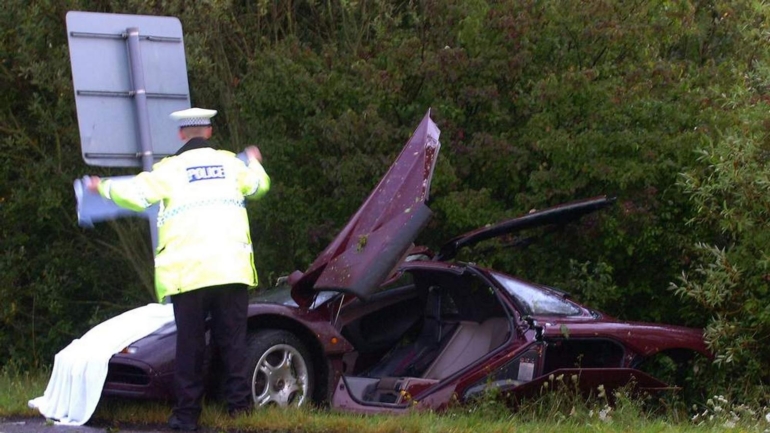
What followed was the largest single car insurance payout in British history at the time. The repair bill came to nearly £1 million ($1.3 million), as McLaren Special Operations meticulously restored the vehicle to its original specification.
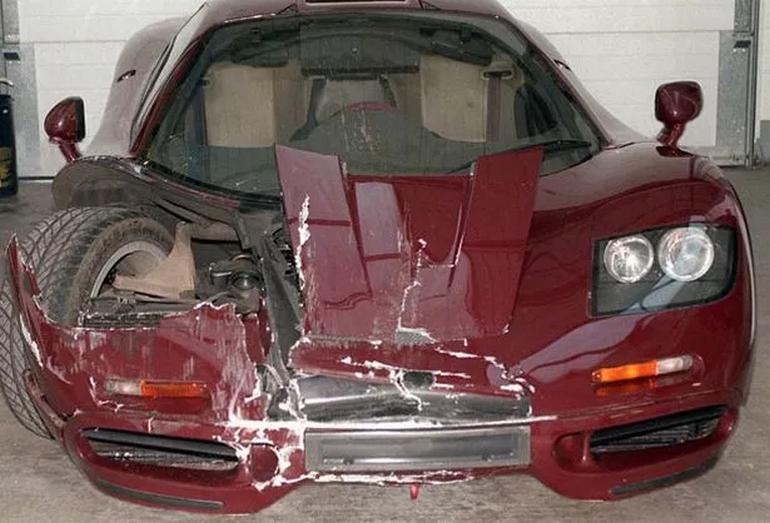
The fact that the insurance company chose to repair rather than write off the car speaks volumes about the F1’s extraordinary value and McLaren’s ability to restore even severely damaged examples.
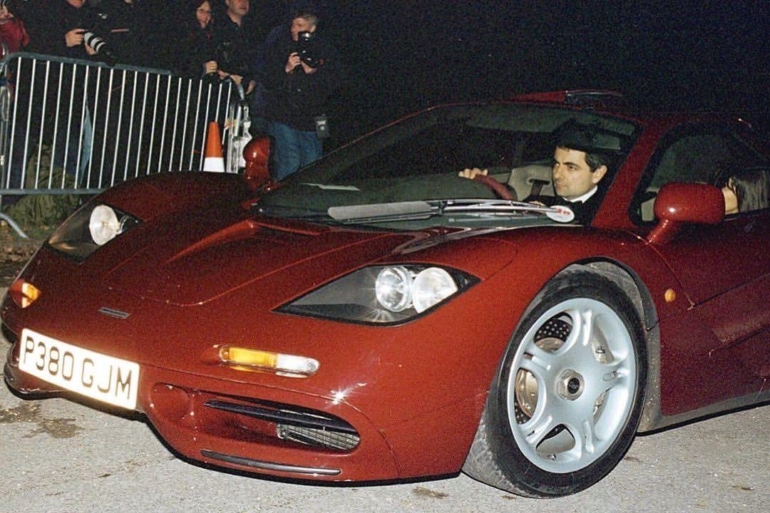
The man behind the wheel
Atkinson’s relationship with cars extends far beyond his McLaren ownership. A holder of a category C+E (formerly ‘Class 1’) lorry driving license, he has written for various car magazines and even set an impressive lap time on Top Gear’s “Star in a Reasonably Priced Car” segment, demonstrating his genuine skill behind the wheel.
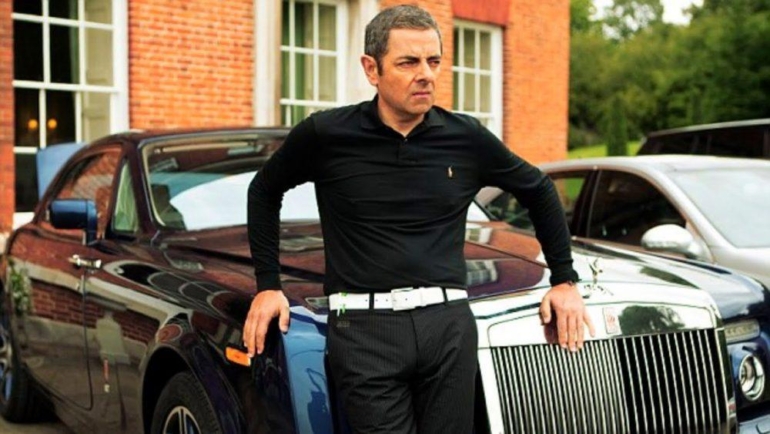
His garage has housed everything from a Honda NSX to a vintage Aston Martin V8 Zagato, reflecting both his broad automotive interests and his preference for cars that combine performance with usability. This practical approach to supercar ownership was perfectly embodied in his use of the McLaren F1.
The McLaren F1: an icon among icons
The F1 represents a watershed moment in automotive history. Launched in 1992, it rewrote the supercar rulebook with its central driving position, gold-lined engine bay, and unprecedented attention to engineering detail. Its naturally aspirated BMW V12 engine produced 650 horsepower, helping it achieve a then-record-breaking top speed of 240 mph.
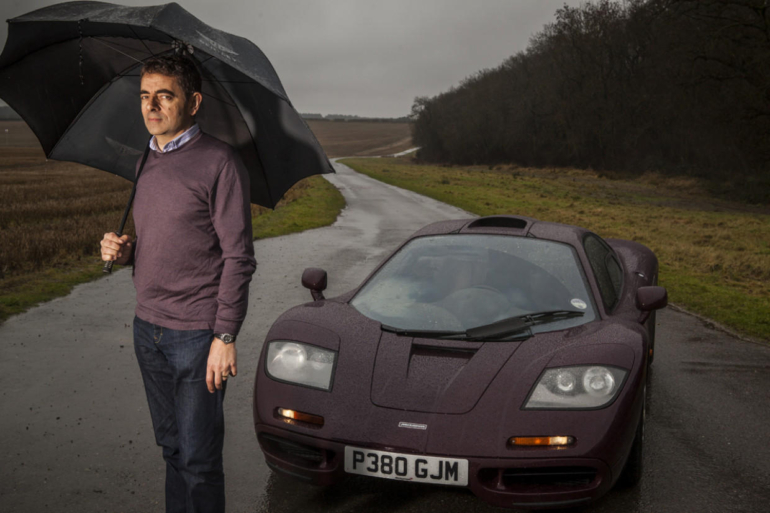
Atkinson’s car, number 64 of the production run, featured a unique dark burgundy paint finish and became one of the most well-documented F1s in existence, thanks to its famous owner and dramatic history.
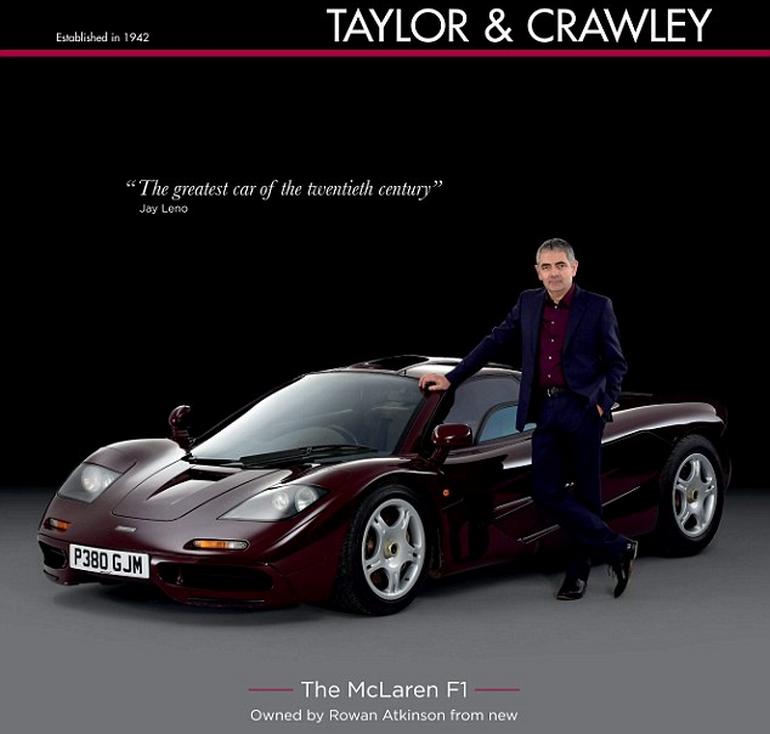
A bittersweet farewell
“I bought it for the quality of thinking that went into its design, and now it has become a thing of value, it is time for it to be enjoyed by someone else,” Atkinson explained upon selling the car. The timing of the sale coincided with his divorce proceedings, but the fact remains that few car ownership stories better exemplify the marriage of genuine enthusiasm and astute investment.
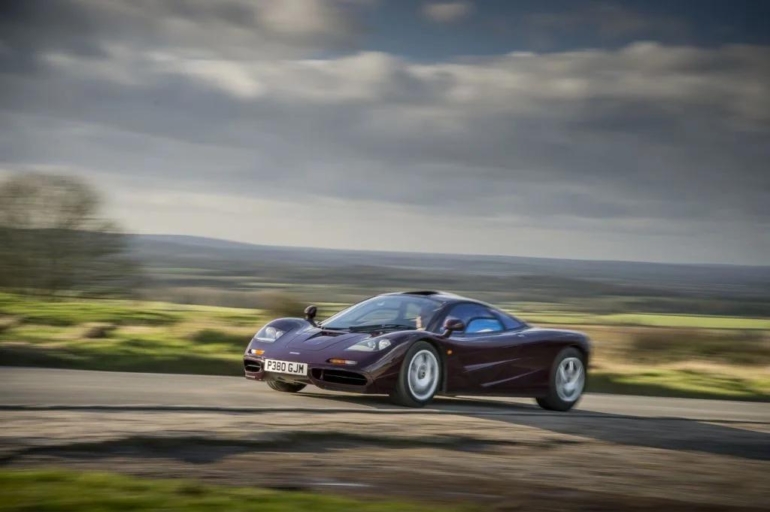
The sale of Atkinson’s F1 demonstrates that even supercars with significant accident history can command premium prices when properly repaired and maintained. More importantly, it shows that regular use and enjoyment of these vehicles doesn’t preclude them from being sound investments.
For Atkinson, the F1 was never about potential profits or garage queens – it was about experiencing one of the greatest driver’s cars ever made, every single day. That he managed to make a substantial profit while doing so is just the icing on the cake.
